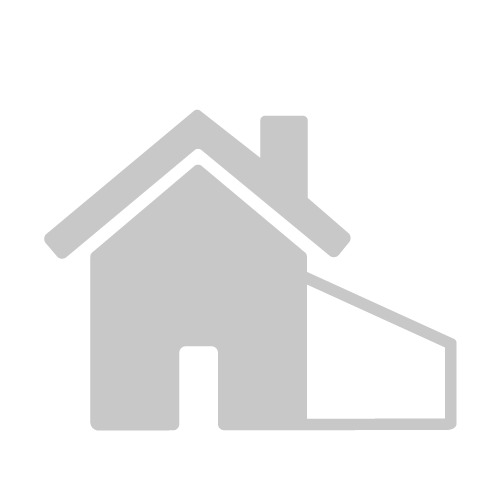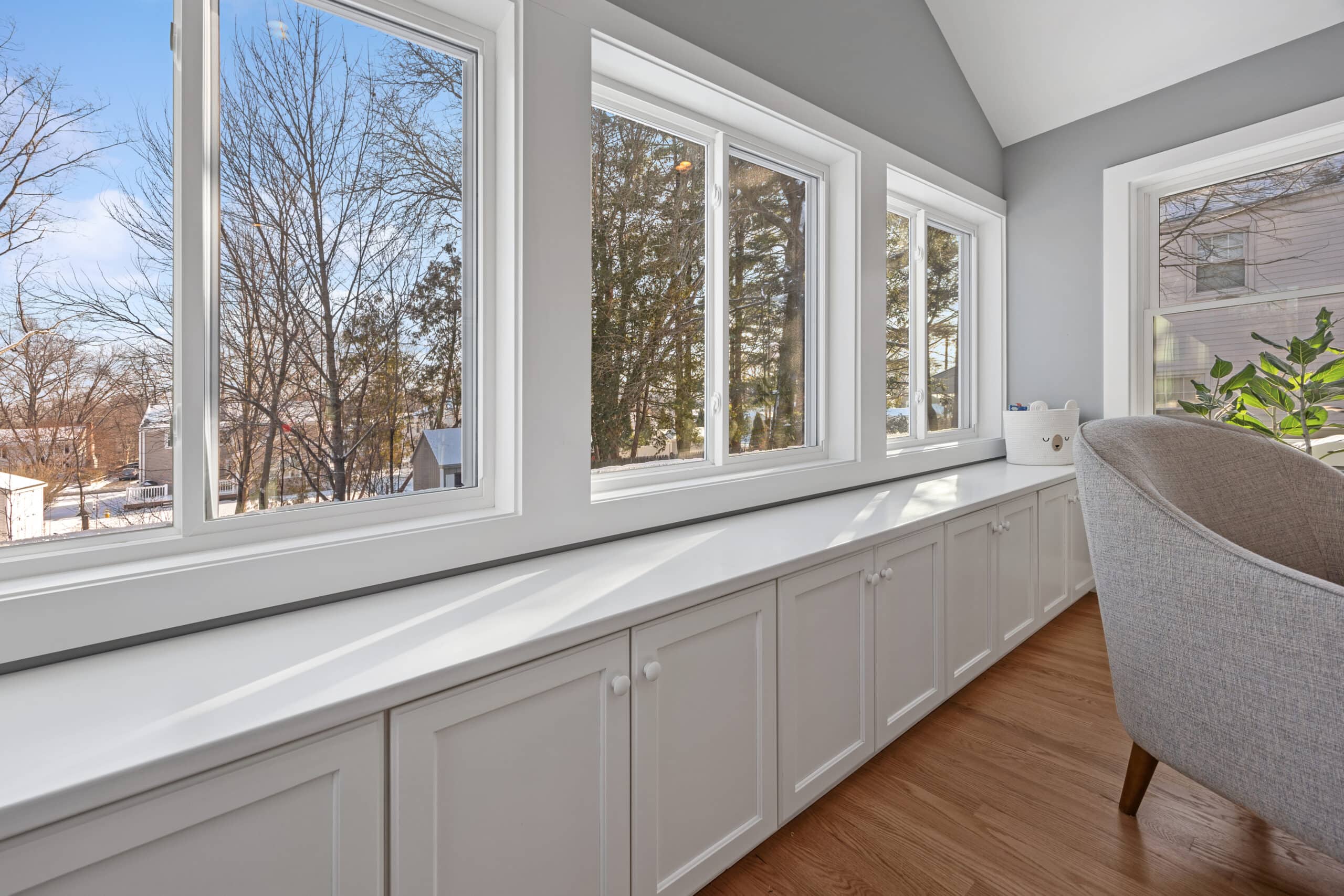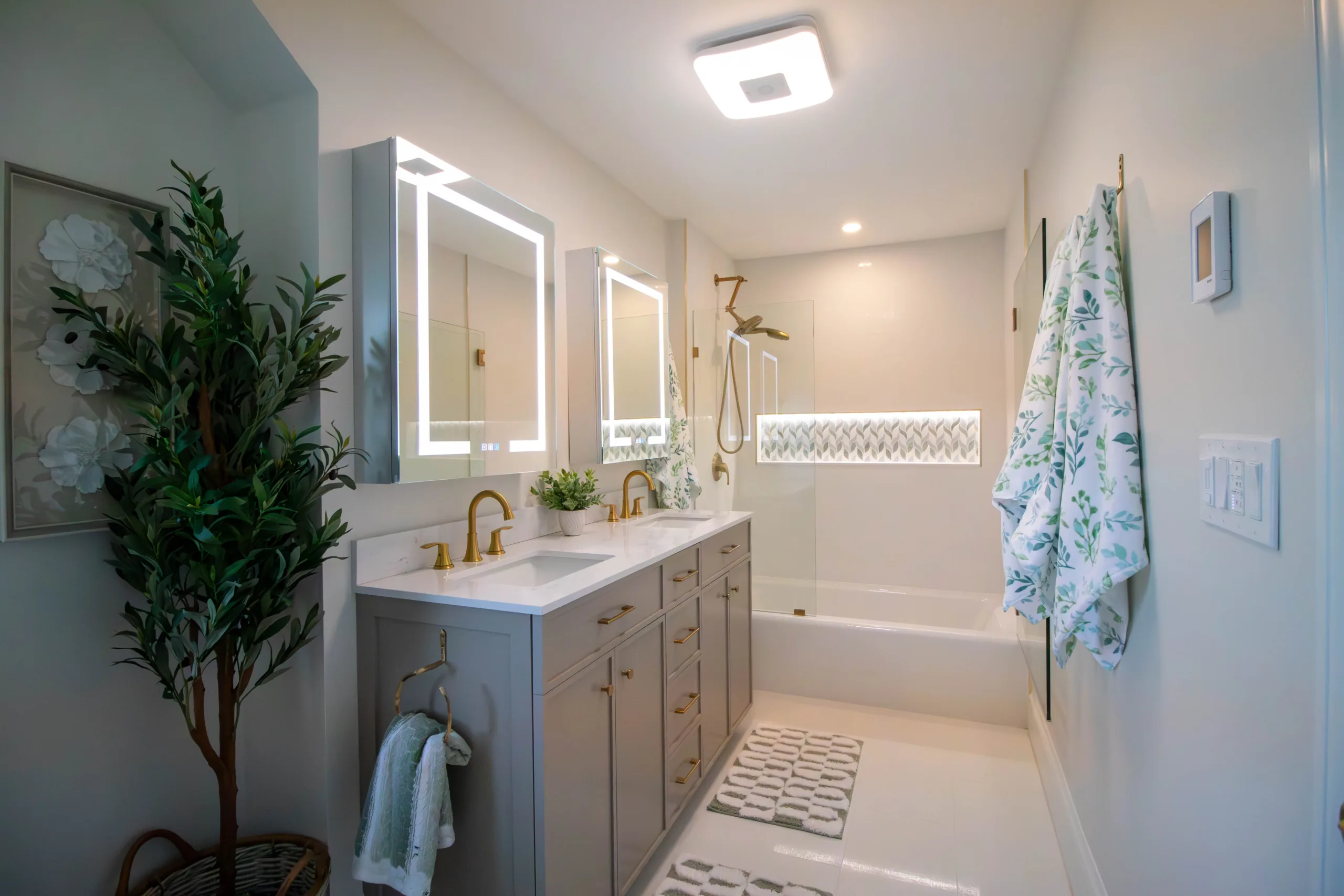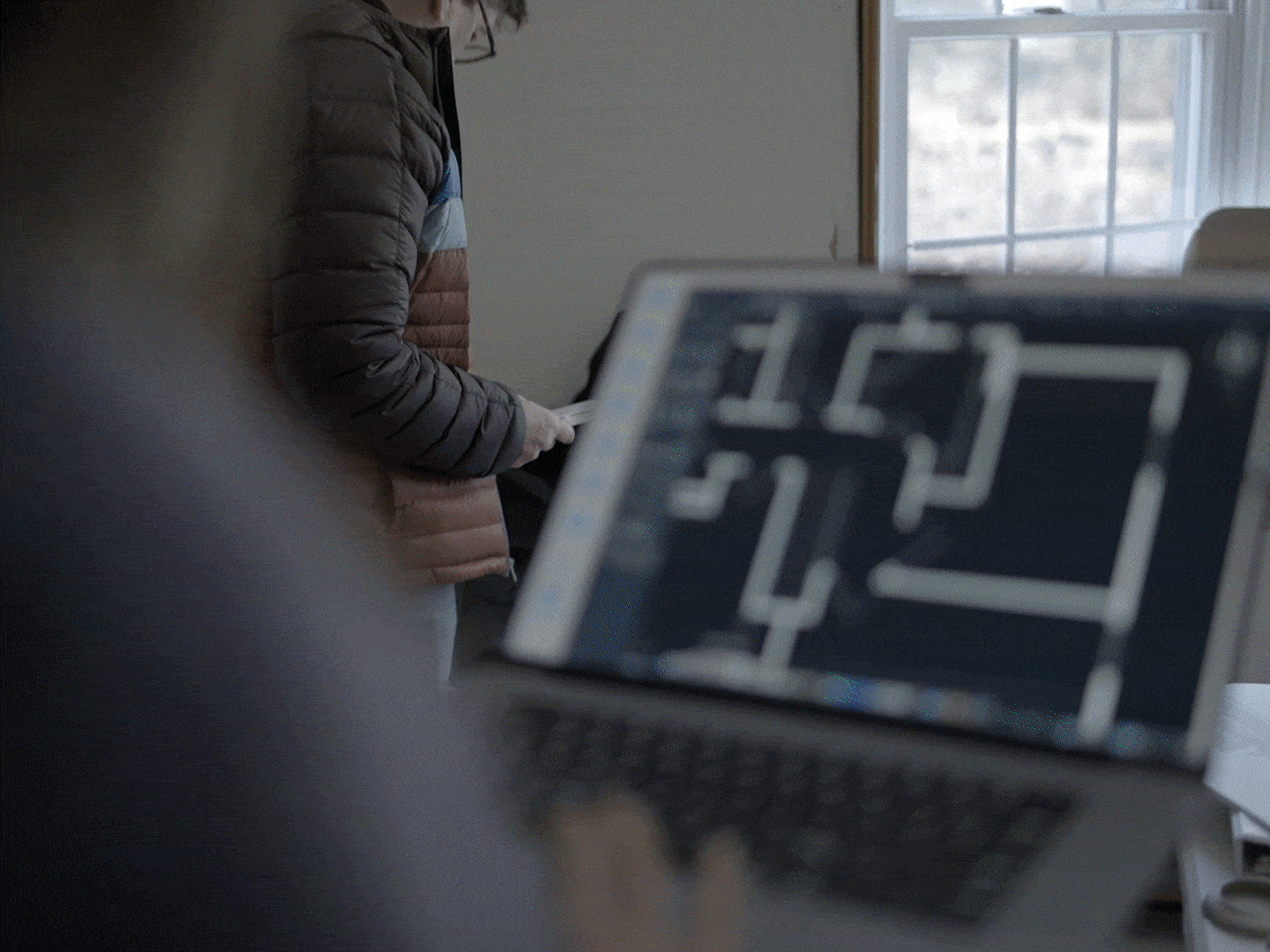CT HOME ADDITIONS
Custom additions tailored to your style, space, and lifestyle.
TYPES OF ADDITIONS

FAMILY ROOMS

SECOND-STORIES

CUSTOM GARAGES

ADU/IN-LAW SUITES

We design and build each addition to feel like it was always part of your home. Every detail is tailored to your style and layout, creating a seamless extension that adds comfort, function, and value.
ADD THE SPACE
YOU NEED
WHAT OUR CLIENTS SAY

“Fine Home Contracting did a great job on our 625 sq ft addition in West Hartford. The new bedroom, bath, and walk-in closet added so much space and value. The process was smooth, Joe was super responsive, and we love the lighted shower niche. Highly recommend!”
-Nhat, West Hartford, CT

READY TO TRANSFORM YOUR HOME?
After you submit, our team will reach out within 1 business day to schedule a call and discuss your goals.
WHAT OUR CLIENTS SAY

“Fine Home Contracting did a great job on our 625 sq ft addition in West Hartford. The new bedroom, bath, and walk-in closet added so much space and value. The process was smooth, Joe was super responsive, and we love the lighted shower niche. Highly recommend!”
-Nhat, West Hartford, CT

READY TO TRANSFORM YOUR HOME?
After you submit, a member of our team will reach out within 1 business day to discuss your goals.



